Jerusalem
What a fascinating place this is. Within the walls of the Old City of Jerusalem lie four quarters: the Armenian, Jewish, Christian, and Muslim quarters. However, the quarters are not as clearly delineated as they might sound; some of the holiest places for one religion are built on right next to or, in some cases, on top of another religion's holiest places. The maze of streets in the Old City is vibrant and beautiful and interesting, though the ubiquity of the markets was a bit much. In addition to visiting the spectacular religious sites, I really enjoyed walking on the rooftops (one staircase is at St Mark's Road and Khabad Street [also spelled Habad]).
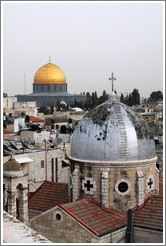
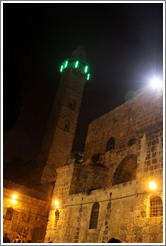
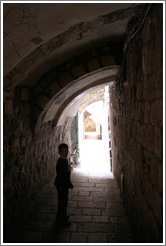
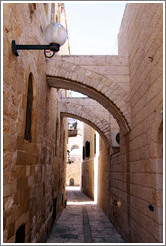
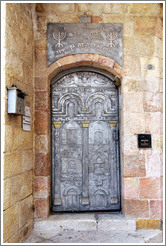
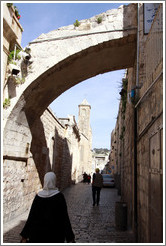
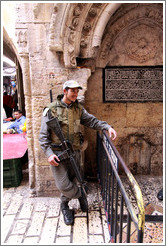
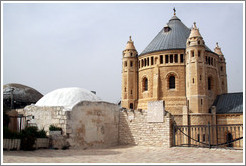
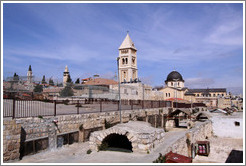

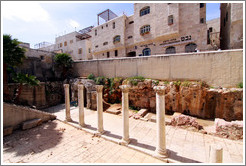
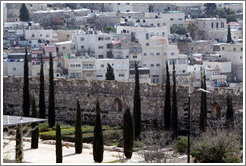
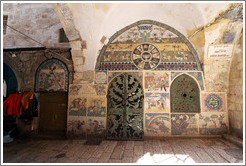

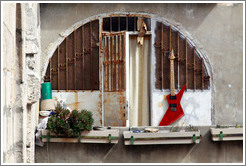
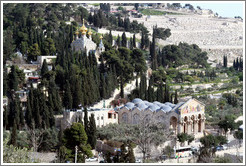
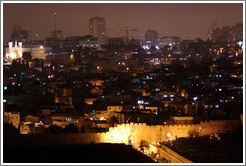
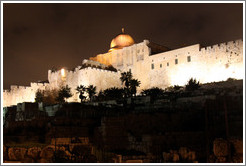
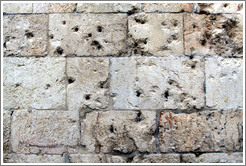
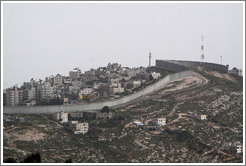
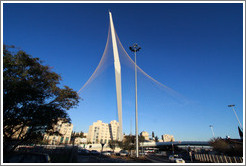
Haram esh-Sharif (Temple Mount)
Dome of the Rock, situated at Haram esh-Sharif, is one of the most beautiful structures in Jerusalem. Although only Muslims are permitted inside the dome itself, the grounds are open to modestly-dressed visitors. In addition to being one of Islam's holiest sites, this is considered the most holy site in Judaism; because of this, some Jewish people will not visit Temple Mount.
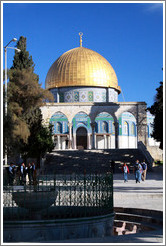
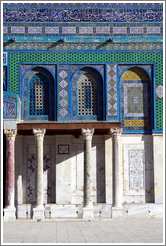
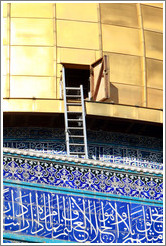
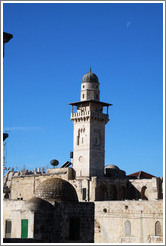
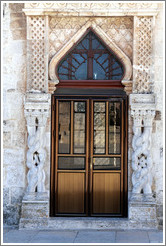

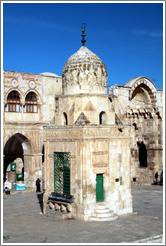
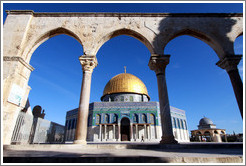

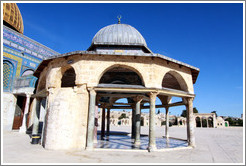

Western (Wailing) Wall and the Western Wall Tunnel
Many people place small papers containing wishes for the future into the cracks in the wall at this very holy Jewish site. The visible part of the wall is actually just a small fraction of the entire wall; tunnels underneath reveal more of the wall — half a kilometer in length — and some Jews pray at at an underground spot that is considered the closest point on the wall to the Holy of Holies over which the Dome of the Rock was built.
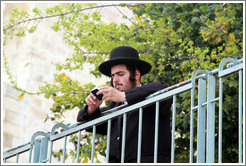
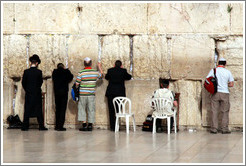
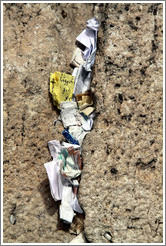
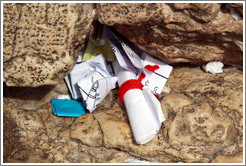
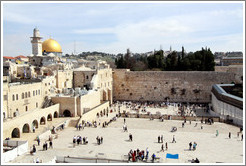
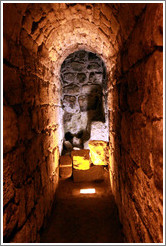
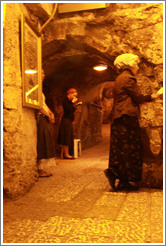
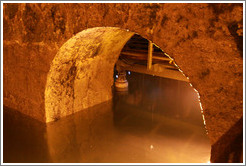
Church of the Holy Sepulchre
Jesus' crucifixion and resurrection are said to have taken place at the site where this church was built. This church has multiple sections controlled by different Christian churches, including Greek Orthodox, Copitc Orthodox, Ethiopian Orthdox, Roman Catholic, Eastern Orthodox, Armenian Apostolic, and Syriac Orthodox. A ladder has been present on an exterior balcony of the church since the 19th century because it is unclear which of the churches has permission to move it. Interestingly, it is actually a Muslim family that has custodianship of the church, unlocking and locking the premises each day.

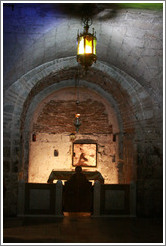
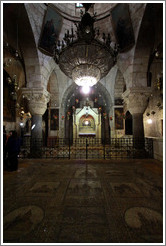
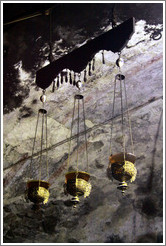
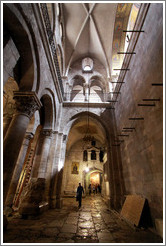
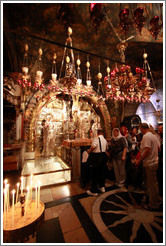
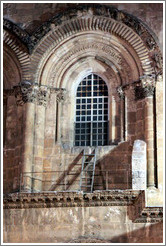
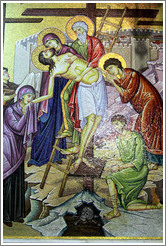
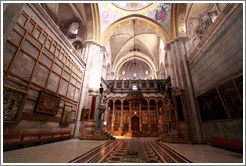
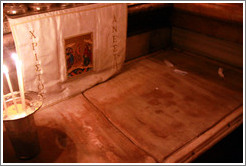
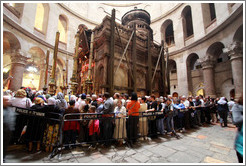
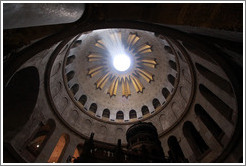


Markets
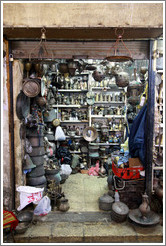
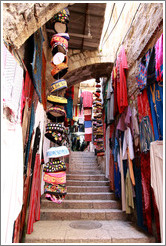
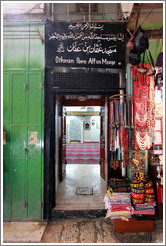
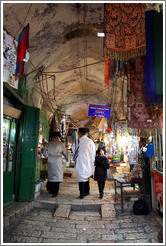



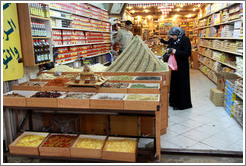
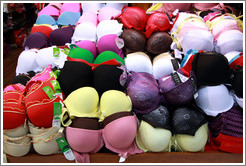
Tel Aviv
This city couldn't be more different from Jerusalem. It's modern and largely secular, with great nightlife and beaches. Tel Aviv is known as the "White City" because of the abundance of Bauhaus and International style buildings.
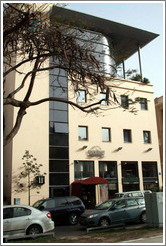
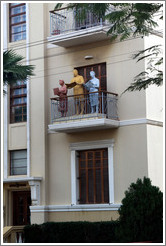
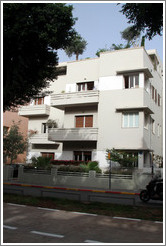

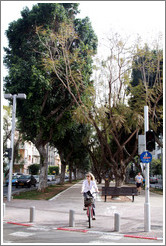
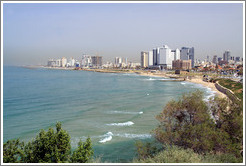
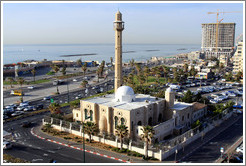
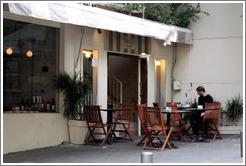
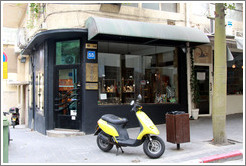
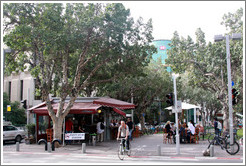
Old Jaffa
Just outside of Tel Aviv is the old port city of Jaffa, inhabited since 7500 BC. Its narrow alleyways are neatly restored and now house many artisans' shops.
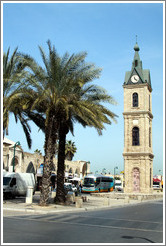
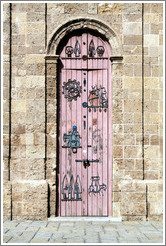
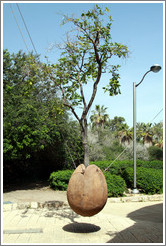
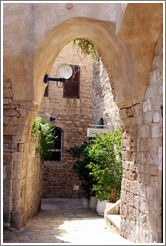
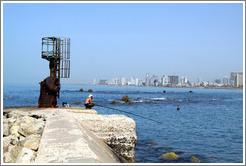
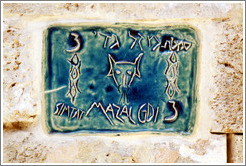
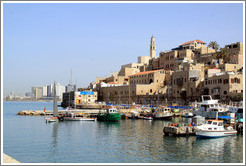
Masada
On a high plateau overlooking the desert and the Dead Sea lies the Judean fortress of Masada. Remains of palaces, thermal baths, a Byzantine church, and other structures can be seen today.

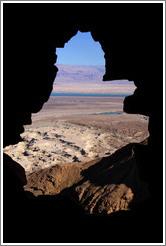

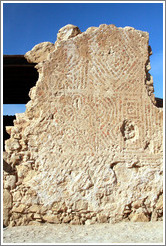
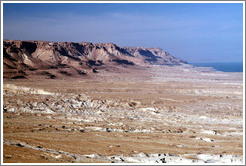
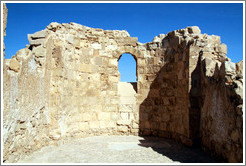
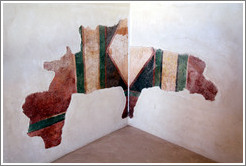
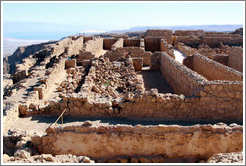
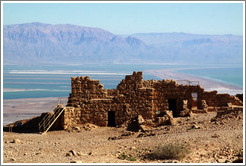
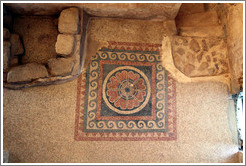
Akko
Akko, also known as Acre, is one of Israel's oldest cities, inhabited for thousands of years by many different groups people. Highlights: visiting the beautiful Al-Jazzar Mosque, walking the narrow streets, and enjoying scrumptious pomegranate juice and hummus. Lowlight: sitting through the long, horrible A/V presentation at the Turkish Baths (you are physically prevented from going at your own pace; that's the only way to see the baths).
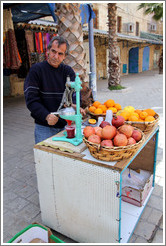
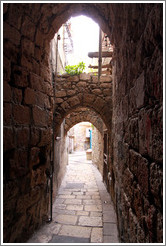
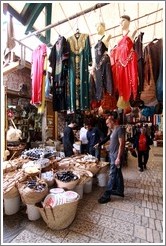
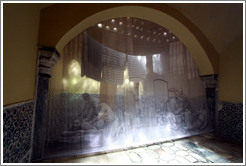
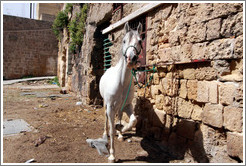
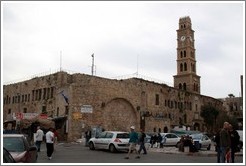
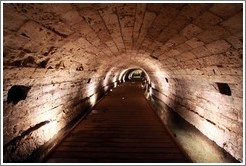
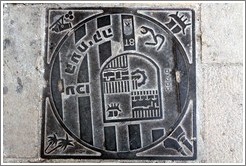
Akko Citadel
This is an Ottoman fortification built between the 12th and 19th centuries, later used as a prison.
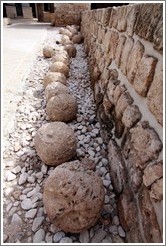
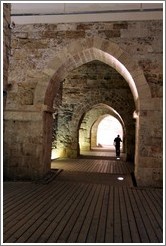
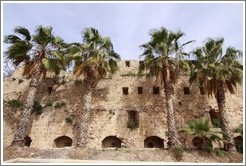
Al-Jazzar Mosque
This beautiful 18th century mosque is the first one I've been to where secular visitors with cameras are welcomed. It was truly wonderful, the highlight of my visit to Akko.
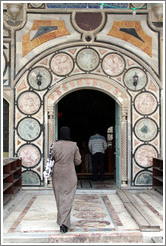
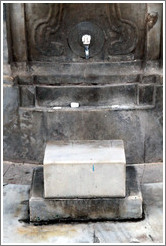
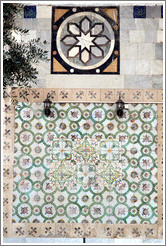
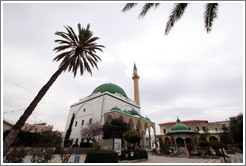
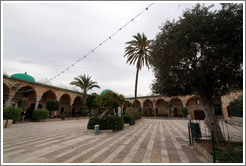
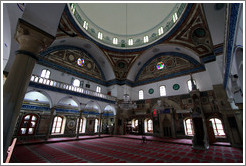
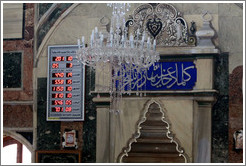
|
|
